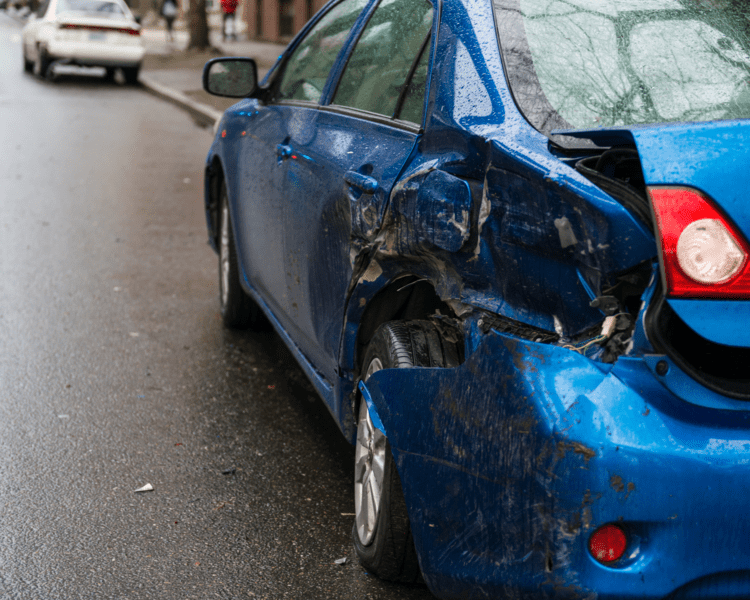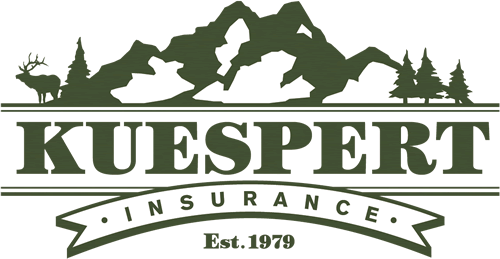
Does My Auto Insurance Cover a Hit-and-Run Accident?
Being involved in a hit-and-run accident can be a distressing experience. In such situations, the at-fault driver flees the scene without stopping to exchange information, leaving you with questions about how to handle the aftermath. One of the critical questions that arise is whether your auto insurance will cover a hit-and-run accident. In this blog, we'll explore the nuances of hit-and-run accidents and how your auto insurance may provide coverage.
Understanding Hit-and-Run Accidents
A hit-and-run accident occurs when one driver involved in a collision leaves the scene without providing their information or assisting injured parties, as required by law. Hit-and-run accidents can involve your vehicle being struck by another driver who then flees, or you may be the victim of a hit-and-run while you're a pedestrian or cyclist.
Does Your Auto Insurance Cover Hit-and-Run Accidents?
The coverage for hit-and-run accidents can vary based on your auto insurance policy and the specific circumstances of the incident. Here's how different types of auto insurance may come into play:
- Uninsured Motorist Property Damage Coverage (UMPD): In many cases, hit-and-run accidents are treated similarly to accidents involving uninsured motorists. If you have uninsured motorist coverage as part of your policy, it may provide coverage for medical expenses, property damage, and other losses resulting from a hit-and-run accident. UM coverage is designed to protect you when the at-fault party cannot be identified or is uninsured.
- Collision Coverage: Collision coverage, if you have it, may help cover the cost of repairing or replacing your vehicle if it's damaged in a hit-and-run accident. However, this coverage typically requires you to pay your deductible.
- Medical Payments Coverage (Med Pay): Med Pay coverage can assist with medical expenses for injuries sustained in a hit-and-run accident, regardless of fault. It can help cover immediate medical costs related to the accident.
- Personal Injury Protection (PIP): If you live in a no-fault insurance state and have PIP coverage, it may help with medical expenses, lost wages, and other costs associated with injuries sustained in a hit-and-run accident.
- Underinsured Motorist Coverage (UIM): In some cases, hit-and-run accidents may involve an at-fault driver who is underinsured (has insufficient coverage). UIM coverage can help bridge the gap between the at-fault driver's coverage and your actual expenses.
Reporting a Hit-and-Run Accident
In the event of a hit-and-run accident, it's crucial to take the following steps:
- Call the Police: Immediately report the incident to the police. Provide as much information as possible about the fleeing vehicle, such as its make, model, color, and license plate number.
- Gather Witness Information: If there are witnesses to the accident, obtain their contact information. Their statements may be valuable in your insurance claim.
- Document the Scene: Take pictures of the accident scene, including any damage to your vehicle and any injuries you or your passengers may have sustained.
- Notify Your Insurance Company: Contact your auto insurance company as soon as possible to report the hit-and-run accident. Provide all the details and documentation you've gathered.
- Seek Medical Attention: If you or anyone else is injured, seek medical attention immediately. Document your injuries and medical treatment for your insurance claim.
Conclusion
While hit-and-run accidents can be challenging to navigate, your auto insurance policy may provide coverage to help you recover from the incident. Having the right types of coverage, such as uninsured motorist coverage and collision coverage, can be instrumental in ensuring you're protected in the event of a hit-and-run accident. It's essential to understand your policy, report the accident promptly, and work with your insurance company to address your claims and recover your losses.

